“Lycopene is an antioxidant that protects tissues, cells and DNA from damage caused by oxidative stress,” says Katya Demikhina, a nutritionist at the Institute of Integrative Medicine in Hong Kong.
“When tomatoes are heated, lycopene is released from the fiber, making it more available to your body. Additionally, the concentration of lycopene increases due to water loss during cooking.”
“Eating cooked tomato products instead of fresh tomatoes can help increase your intake of these antioxidants.”
Adding a small amount of fat, such as olive oil, while cooking tomatoes can increase lycopene absorption by up to 4.4 times.
Tomato soup: We summarize the health benefits for you
Tomato soup: We summarize the health benefits for you
Demikhina also says that combining tomato products with other foods rich in carotenoids, such as carrots, enhances the effectiveness of lycopene.
If you’re buying cooked tomatoes, she recommends choosing those in glass jars to avoid potential leaching of chemicals like BPA, which is found in the linings of the cans and can be caused by the acidity of the tomatoes.
2. Chew your food slowly and carefully
Taking the time to chew your food well stimulates your digestive enzymes to break down food into smaller molecules so your digestive system can easily absorb nutrients, says Michelle Wisla, a vegan culinary health coach in Hong Kong. Wesla is an instructor for the Food for Life nutritional education program licensed by the Physicians Committee for Responsible Medicine (PCRM) in the United States.
Try mindful eating – and enjoy a better relationship with food
Try mindful eating – and enjoy a better relationship with food
“There are some chemical reactions that happen during the breakdown of food as well, and some reactions provide our bodies with phytochemicals,” she says.
“The carotenoids in carrots that are beneficial for eye health are one example of this – they are easier to absorb when they are completely broken down.
“If our food is not digested well, we may suffer from malabsorption, which can cause bloating and indigestion.”
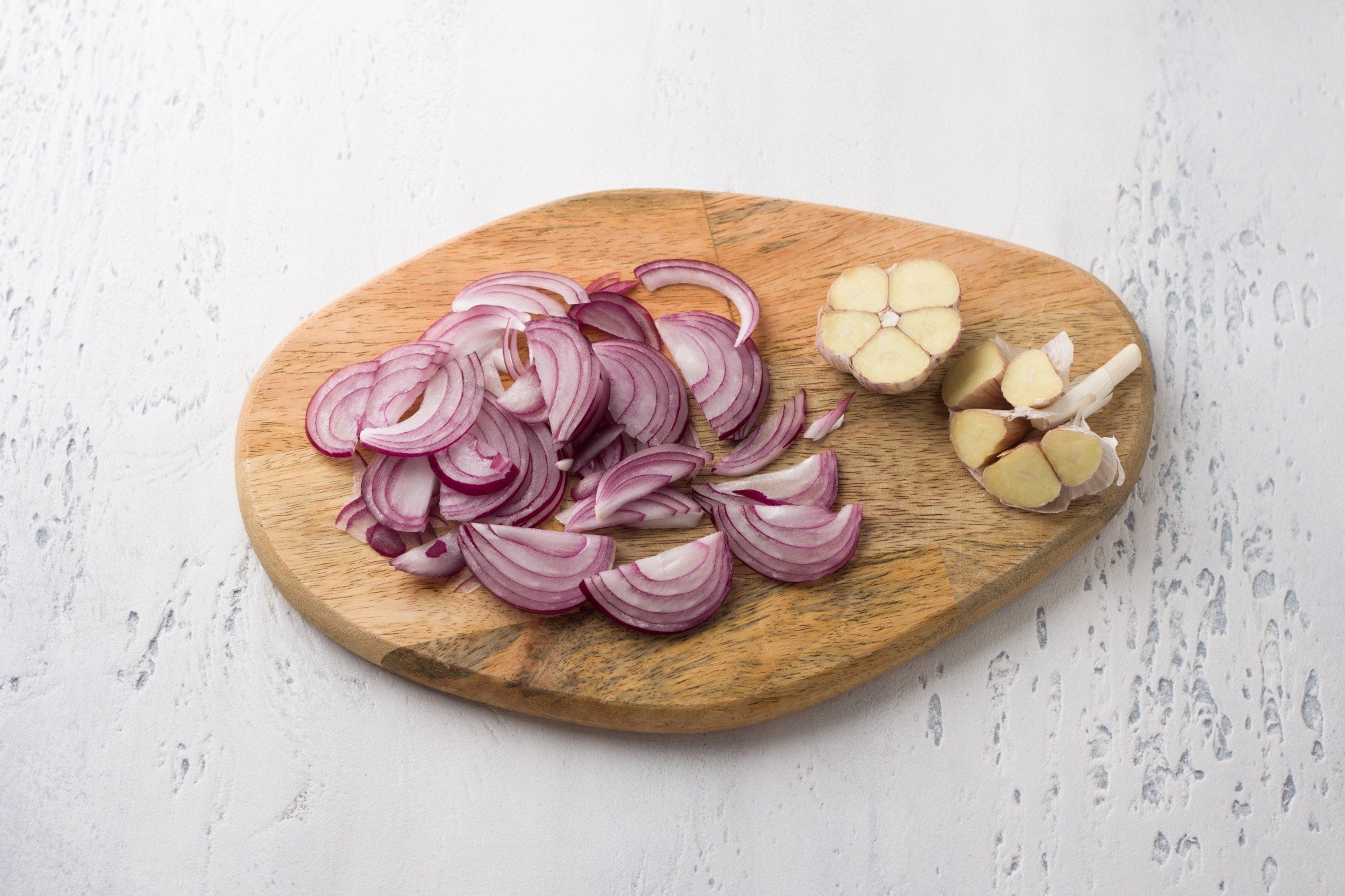
3. Leave the chopped garlic and onions a little
After chopping garlic, onions, and other alliums like leeks, shallots, and scallions, Visla recommends letting them sit for several minutes before eating or cooking them.
Chopping, crushing, or chopping activates an enzyme in this vegetable called alliinase, she says. After being exposed to air, alliinase turns into allicin, a sulfur compound said to have heart-healthy, antimicrobial, and anti-cancer benefits.
Reasons to eat onions and garlic, and how to prevent bad breath from garlic
Reasons to eat onions and garlic, and how to prevent bad breath from garlic
But don’t wait too long before eating it, Demekhina adds. Allicin – along with other beneficial compounds found in allium vegetables – is relatively unstable and degrades over time.
4. Try these health-boosting food pairings
It is best to eat certain foods together to increase absorption of nutrients.
Cruciferous vegetables, mustard, radishes or watercress
Combining them with mustard, radishes, or arugula can increase their sulforaphane production three to five times, Demykhina says.
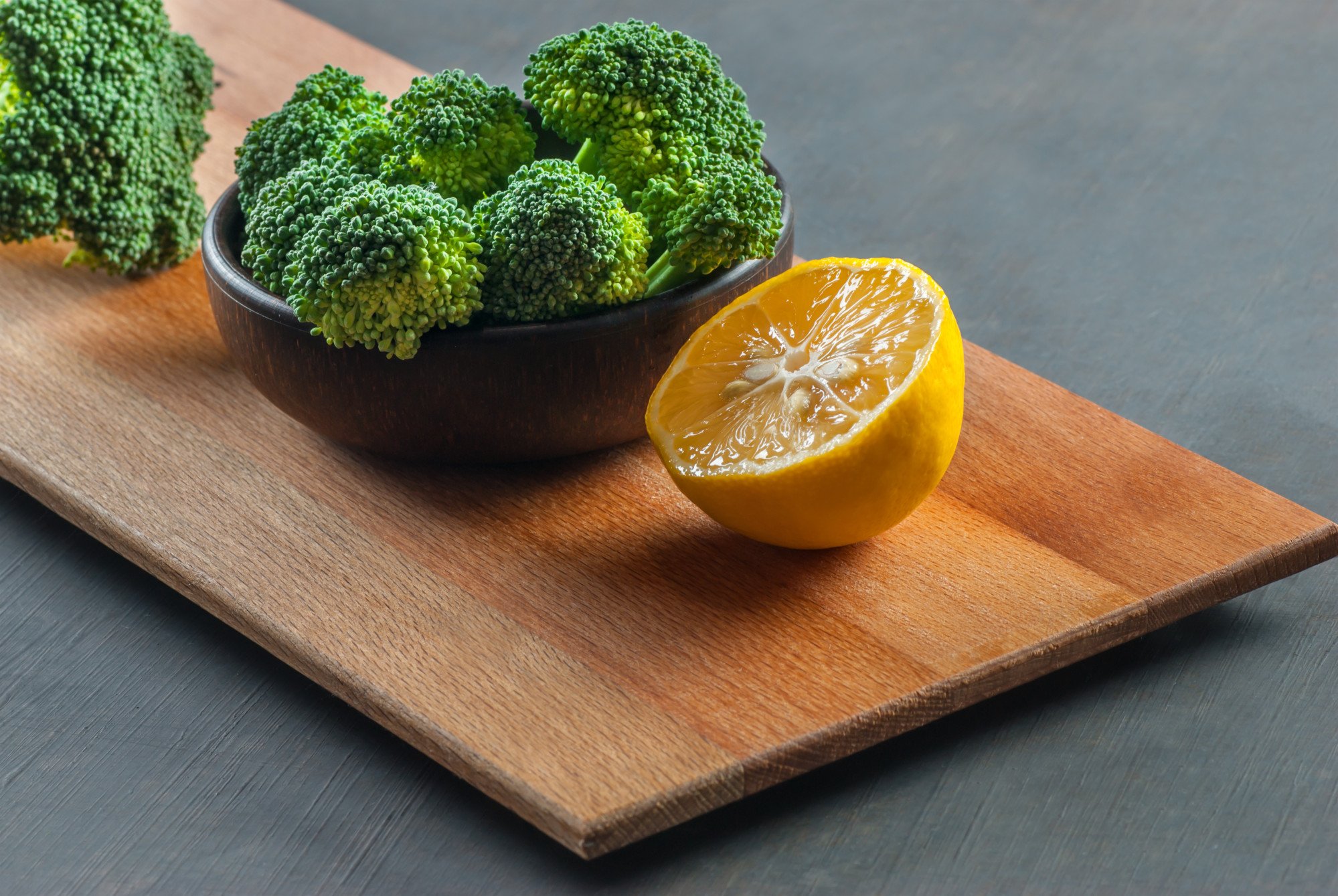
Green cruciferous vegetables with lemon or tomato juice
Adding a source of acid, such as lemon juice or tomato slices, can help boost iron absorption from green vegetables like kale, spinach, and broccoli, Demekhina says.
If you eat these vegetables raw, adding lemon juice or vinegar will also increase the activity of the enzymes needed to form sulforaphane. The result is double the levels of sulforaphane compared to non-acidified vegetables, Demikhina says.
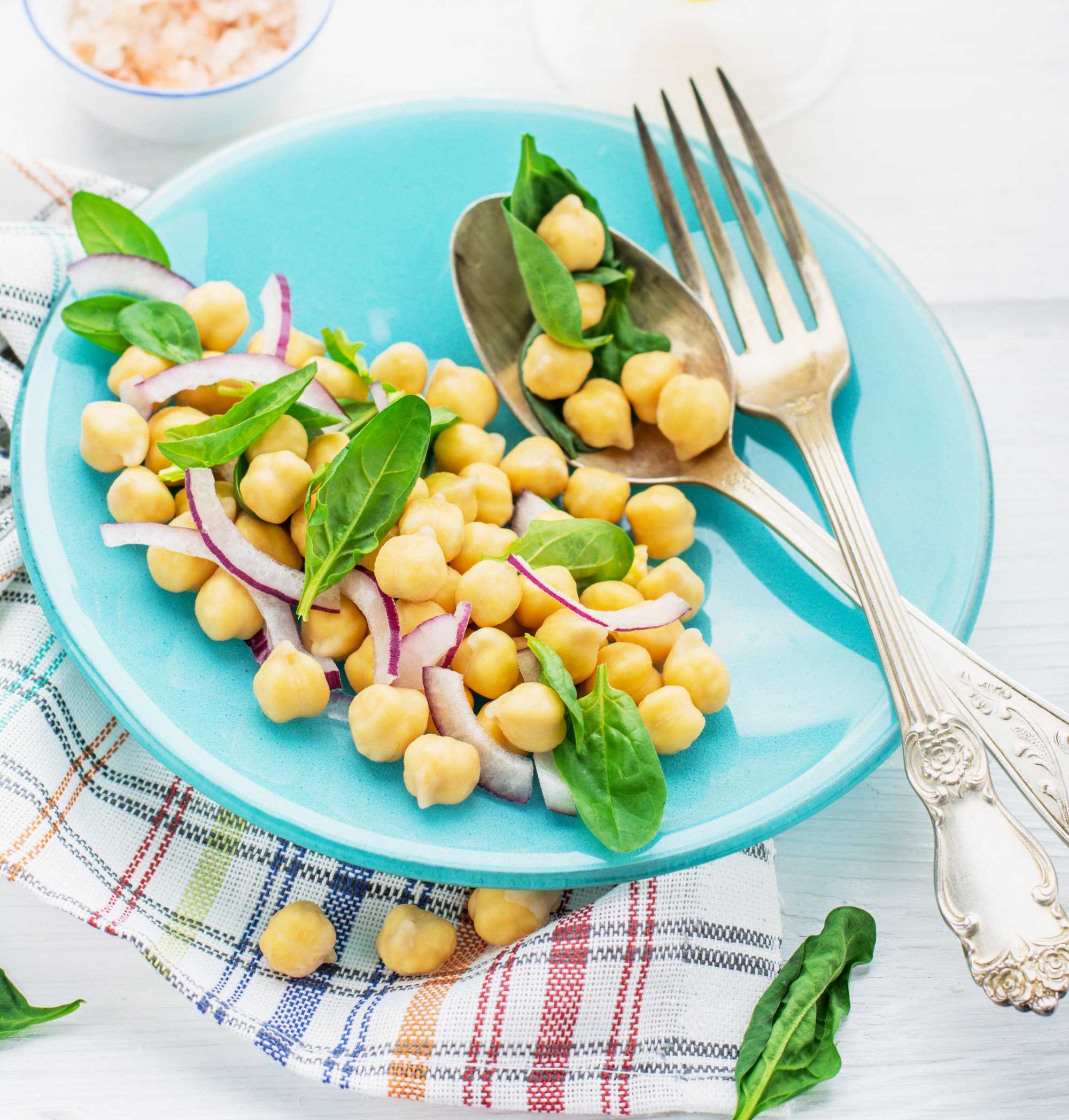
Chickpeas and onions
Chickpeas are high in zinc, and if you eat them with onions, the sulfur in onions can help your body absorb zinc better.
Turmeric and black pepper
According to Wisla, black pepper significantly increases the amount of curcumin in turmeric that the body can absorb. Curcumin is a powerful compound believed to have anti-inflammatory and cancer-preventive properties.
The couple’s Korean dishes are a novelty in home cooking, much to the delight of the children
The couple’s Korean dishes are a novelty in home cooking, much to the delight of the children
5. Buy what is in season
Aside from flavor, there are many reasons to choose seasonal produce when possible, Demikhina says.
“For the uninitiated, seasonal often means local, indicating that the produce doesn’t need to travel far to get to your plate. The longer fresh produce travels, the greater the potential impact on its nutritional value.
“Second, seasonal produce is fresh. Because it is harvested close to the time of consumption, it retains its maximum nutritional value. The longer the period between harvest and consumption, the greater the potential for nutrient deterioration.
More than an apple a day: How eating more fruit and vegetables can keep us healthy
More than an apple a day: How eating more fruit and vegetables can keep us healthy
Demikhina points out that seasonal products are grown in conditions suitable for their natural growth cycle. This means that they receive the right amount of natural sunlight, water and nutrients, which contributes to optimal nutritional content.
6. Add healthy fats to vegetables
Vegetables like leafy greens are rich in vitamins A, E and K, Demikhina says. These vitamins are fat-soluble, which means we need fat to be able to absorb them.
“Adding healthy fats to vegetables, such as those found in avocados, nuts, seeds and olive oil, ensures more effective absorption of fat-soluble vitamins. So, drizzle some olive oil on your vegetables, or add some avocado to your meals to boost nutrient absorption.
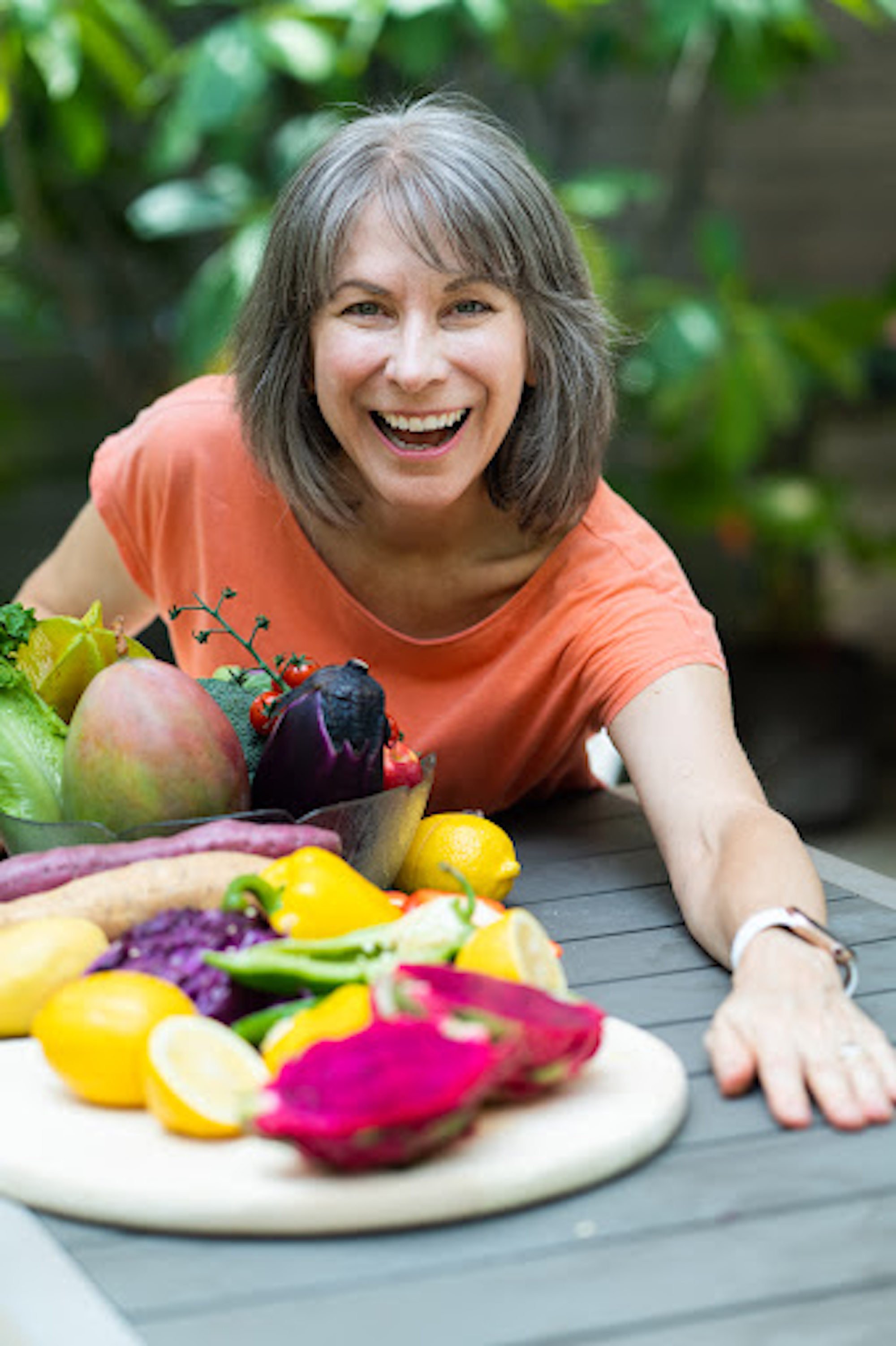
7. Avoid overcooking vegetables
Visla advises against blanching or boiling vegetables, as it can destroy nutrients such as vitamin C. Instead, she recommends lightly steaming them, as this cooking method helps preserve their nutrients.
“Instead, use the lowest heat or shortest time possible, so either fry at the lowest temperature or fry quickly.”
8. Do not throw away the white watermelon rind
When eating watermelon, don’t just eat the juicy red flesh. The white shell has a range of health benefits as well.
Less junk food and more whole foods: Why what you eat affects your mental health
Less junk food and more whole foods: Why what you eat affects your mental health
According to a 2020 study in the journal Molecules, watermelon peels are full of fiber, amino acids, minerals, and antioxidants — bioactive compounds that may protect against cancer, diabetes, and other serious chronic diseases.
9. Store nuts and seeds in the refrigerator
Refrigerating nuts and seeds, especially if they are raw, protects their nutritional quality and prevents their fats from oxidizing and rotting, Demikhina says.

“Oxidation, a chemical reaction resulting from exposure to oxygen, not only changes the taste of nuts, but also gives their fats a rancid flavor; it also makes these fats harmful to the body.
“Refrigeration effectively slows down the oxidation process, preserving the benefits of these nutritional powerhouses,” she adds.
Keep raw nuts in the refrigerator for a long-term storage solution.
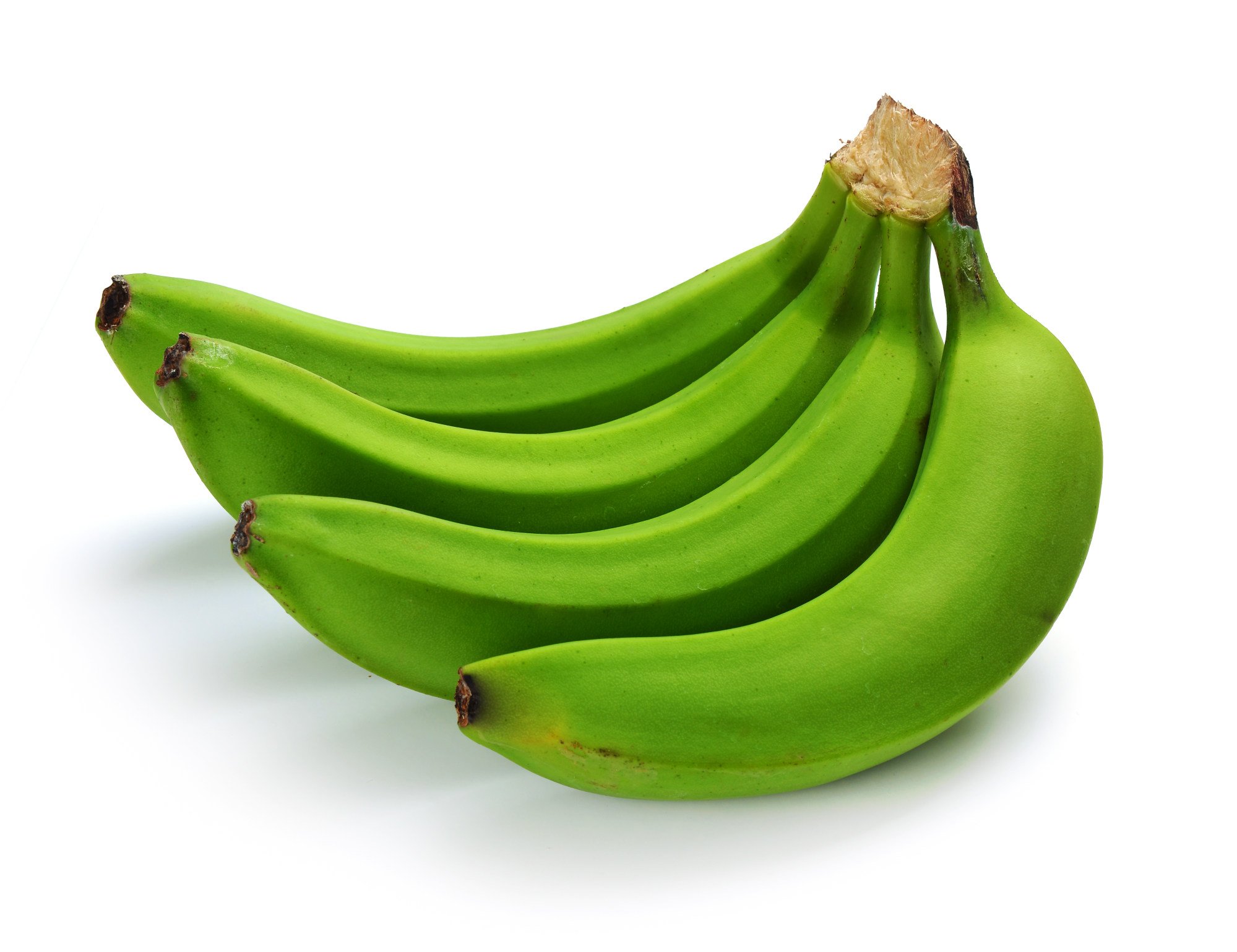
10. Eat bananas before they are ripe
Green bananas contain good levels of resistant starch. It is a starch that resists digestion in the small intestine and therefore does not raise blood sugar levels. From the small intestine, it moves to the colon, where it ferments.
Resistant starch can aid weight loss, benefit heart health, and improve blood sugar management. It also acts as food for the good bacteria in the intestines, and keeps our intestines healthy, Demikhina adds.
Benefits of green banana flour, a great new superfood for gut health
Benefits of green banana flour, a great new superfood for gut health
Storing green bananas for long periods reduces resistant starch levels and increases glycemic levels (its ability to affect blood sugar), so do not store them for a long time before eating them.
#Freeze #nuts #eat #green #bananas #ways #maximum #nutrients #food



































